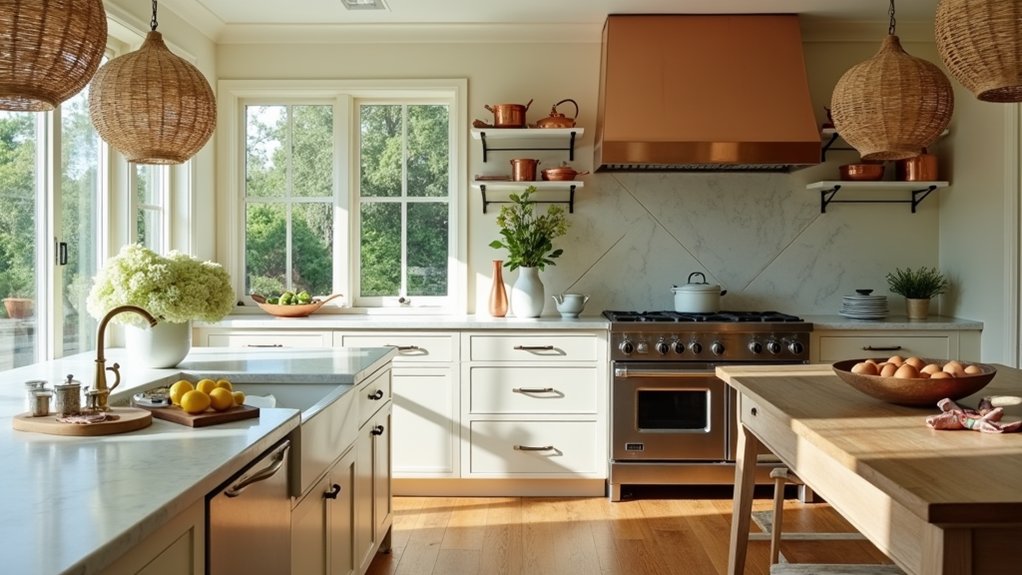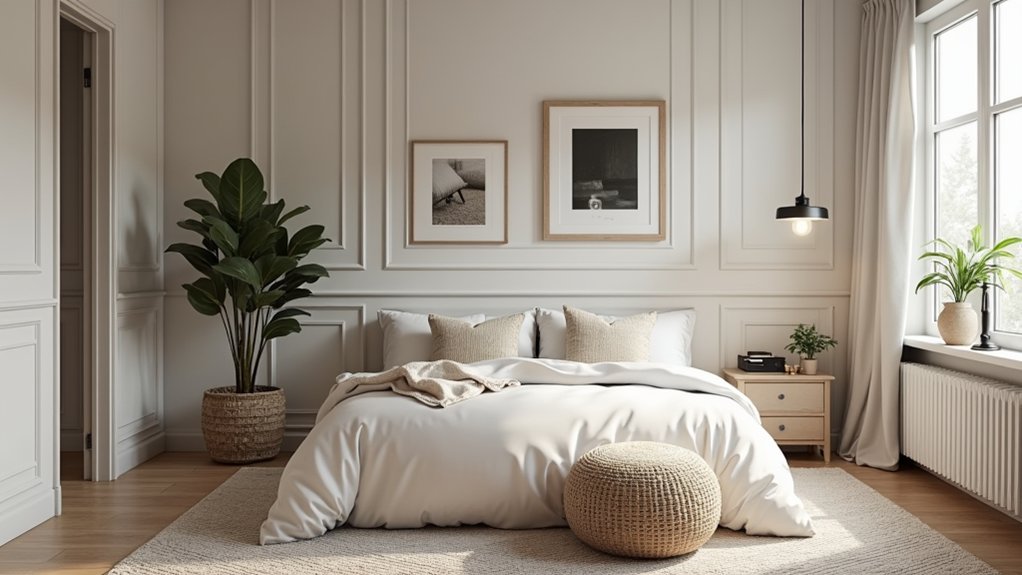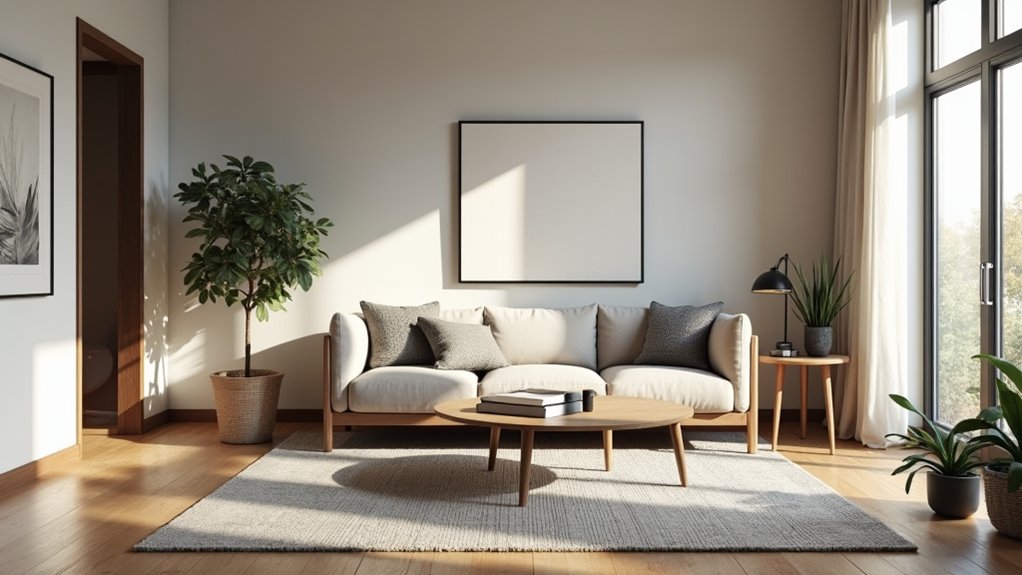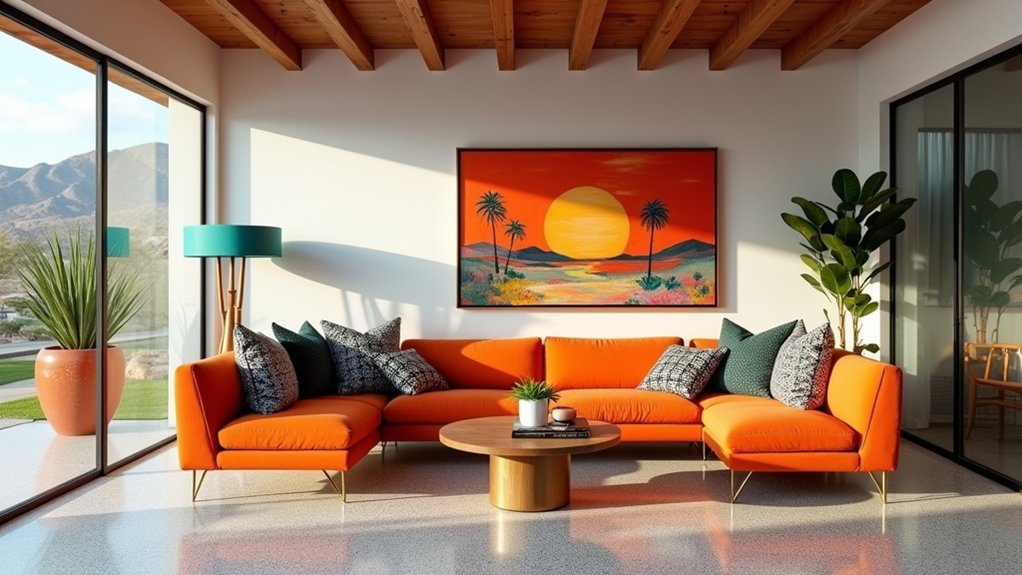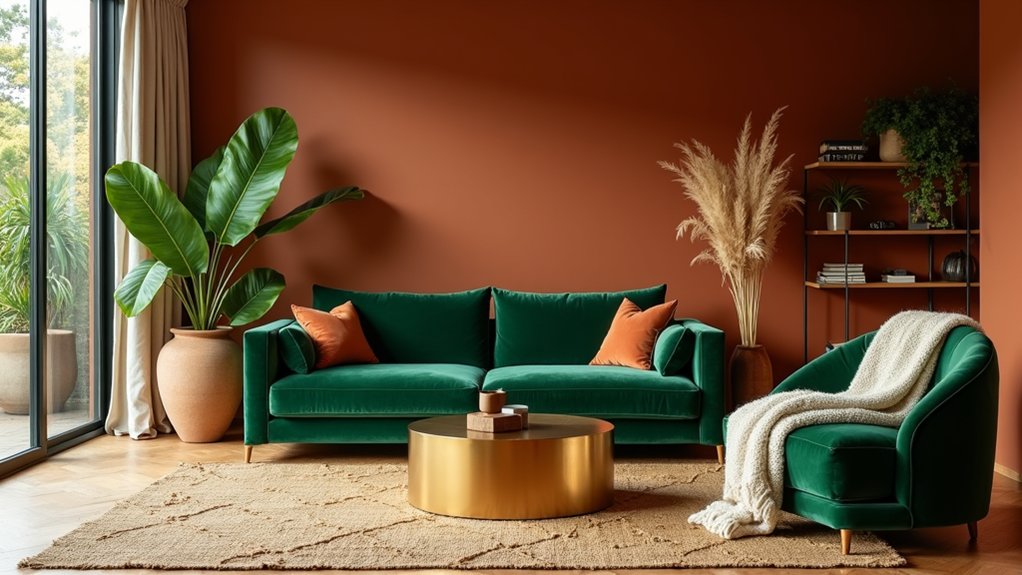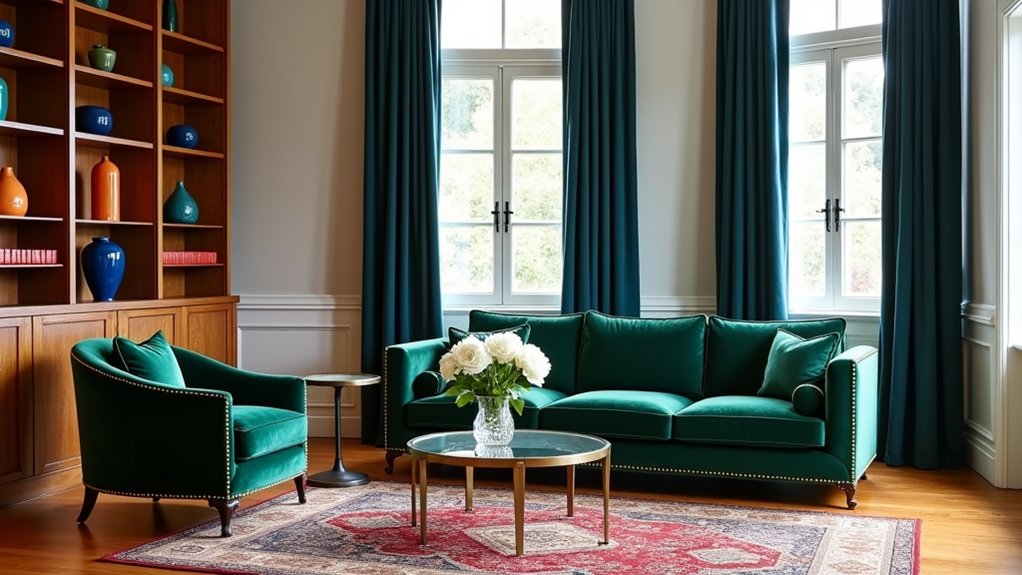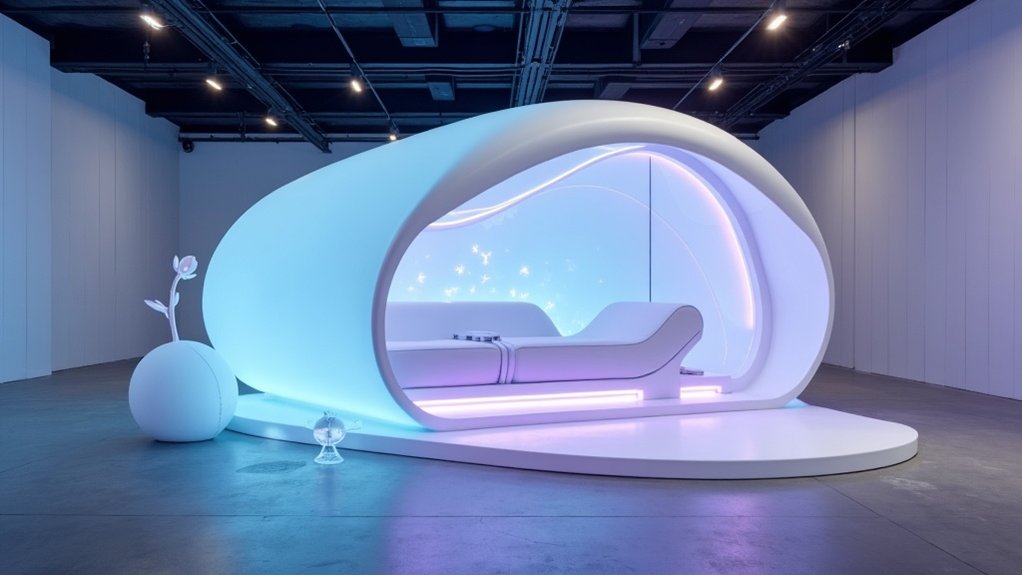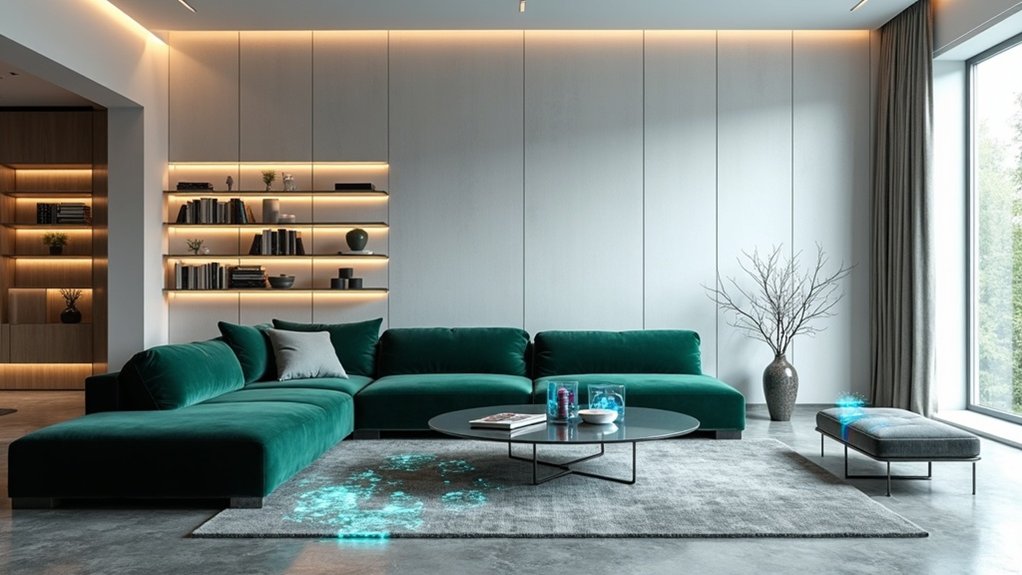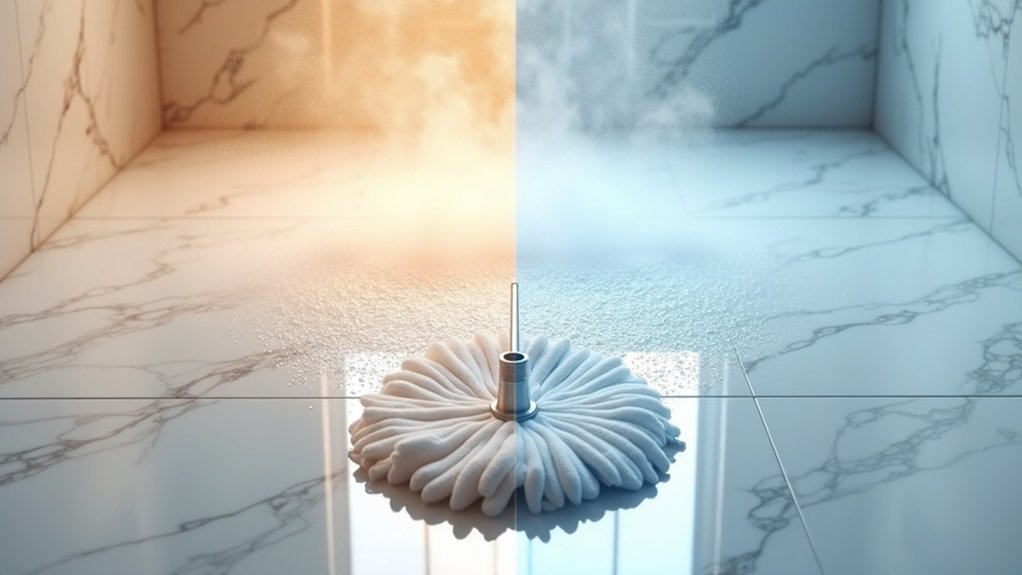While the concept of home has always been central to human wellbeing, recent global events have amplified the desire to transform living spaces into true sanctuaries. The pandemic has catalyzed a significant shift in interior design philosophy, leading to the emergence of two distinct approaches: minimalism, which emphasizes spiritual wellbeing and connection with nature, and maximalism, which celebrates personal history through carefully curated collections and unexpected combinations.
The foundation of creating a sanctuary begins with thoughtful consideration of color, texture, pattern, line, shape, and space. Interior designers increasingly recognize that warm colors and natural materials in hard surfaces can establish a sense of calm, while soft, cozy textures incorporated throughout the space contribute to overall comfort. The growing demand for eco-friendly furniture has significantly influenced how designers approach sustainable sanctuary spaces. This shift aligns with the current interior design trends emphasizing wellness-focused aesthetics and sustainable living.
Thoughtful design elements, from warm tones to natural textures, work in harmony to transform any space into a peaceful sanctuary.
The flooring often serves as a neutral canvas, allowing personal style elements to take center stage in the design narrative. Research shows that high-income households typically invest around $12,000 in their interior renovations, demonstrating a significant commitment to creating their ideal living spaces.
Technology integration has become a crucial component of modern sanctuary spaces, with 45% of interior designers now incorporating smart home features into their designs. These automated elements improve functionality without compromising the aesthetic integrity of the space, seamlessly blending convenience with comfort.
The key lies in discreet implementation that supports rather than dominates the sanctuary atmosphere.
The “less is more” philosophy has gained particular traction in sanctuary design, emphasizing intentional decluttering and purposeful display of objects. This approach doesn’t necessarily mandate minimalism; rather, it encourages thoughtful curation of elements that truly contribute to the space’s tranquility.
Whether through plush textiles, strategic lighting, or carefully selected personal artifacts, each element should contribute to the overall sense of retreat.
The evolution of sanctuary design reflects a deeper understanding of how our environments impact our wellbeing. Industry trends continue to emphasize the importance of creating distinct areas for relaxation and retreat within the home, incorporating elements that promote both physical comfort and emotional peace.
Through this lens, the home becomes more than just a living space – it transforms into a personal haven that nurtures and restores.
